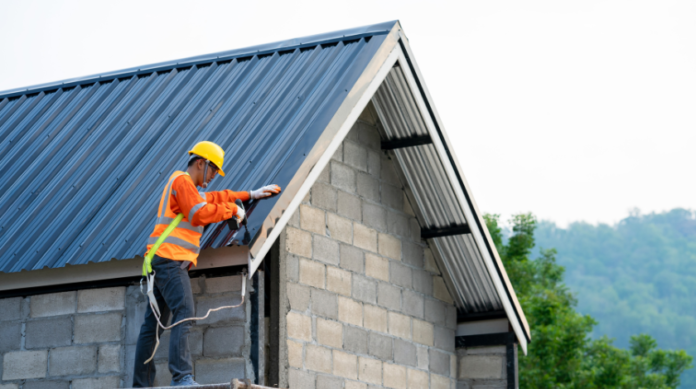Metal roofing has emerged as one of the most durable and aesthetically pleasing options for both residential and commercial properties. Known for its longevity, sustainability, and energy efficiency, professional metal roofing has become increasingly popular. This article explores the benefits, types, installation processes, maintenance, and cost considerations of metal roofing.
What is Metal Roofing?
Metal roofing refers to roofing systems made from metal materials, typically steel, aluminum, copper, or zinc. It can be installed as sheets, tiles, or shingles and is often coated with protective finishes to enhance its durability and aesthetic appeal.
Benefits of Metal Roofing
Metal roofing offers numerous advantages:
- Durability: Metal roofs can last 40 to 70 years, significantly longer than traditional roofing materials.
- Weather Resistance: They withstand harsh weather conditions, including heavy rain, snow, and high winds.
- Energy Efficiency: Metal roofs reflect solar radiant heat, reducing cooling costs in hot climates.
- Eco-Friendly: Many metal roofing materials are made from recycled content and are fully recyclable at the end of their life cycle.
- Low Maintenance: Metal roofs require minimal maintenance, saving time and money over the years.
Types of Metal Roofing
Steel Roofing
Steel is the most common metal used for roofing, often galvanized or coated to prevent rust. Steel roofs come in various styles and colors, offering flexibility in design.
Aluminum Roofing
Lightweight and resistant to corrosion, aluminum roofing is ideal for coastal areas where salt air can cause deterioration in other materials.
Copper Roofing
Copper is known for its stunning aesthetic and longevity. Over time, it develops a distinctive patina, adding character to any building.
Zinc Roofing
Zinc is another durable option, known for its self-healing properties and ability to form a protective layer against corrosion. It is often used in architectural applications.
Installation Process
- Preparation: The area must be cleared, and any existing roofing material removed.
- Inspection: The roof deck is inspected for damage or weaknesses.
- Underlayment: A moisture barrier is installed to prevent leaks.
- Metal Panels: The metal panels are carefully cut, aligned, and fastened to the roof structure.
- Flashing: Flashing is installed at joints, edges, and penetrations to ensure waterproofing.
- Final Inspection: A final inspection ensures the roof is properly installed and ready for use.
Maintenance Tips for Metal Roofing
To prolong the life of your metal roof, consider these maintenance tips:
- Regular Inspections: Check for loose or damaged panels and any signs of rust or corrosion.
- Clean Gutters and Valleys: Ensure gutters are free of debris to allow proper drainage.
- Wash the Roof: Periodically wash the roof with a mild detergent to remove dirt and grime.
- Repaint if Necessary: If the paint begins to fade or peel, consider repainting to maintain appearance and protect against rust.
Cost Considerations
The cost of metal roofing can vary based on several factors:
- Material Type: Copper and zinc are generally more expensive than steel or aluminum.
- Roof Size and Complexity: Larger and more complex roofs will require more materials and labor.
- Installation Costs: Hiring a professional installer may add to the overall expense but ensures quality and durability.
On average, metal roofing can cost between $5.00 to $12.00 per square foot, depending on these factors.
Conclusion
Professional metal roofing is an excellent investment for homeowners and businesses looking for durability, efficiency, and aesthetic appeal. With various material options and a robust installation process, metal roofs can enhance the value and longevity of any property. By understanding the benefits, types, installation, maintenance, and costs associated with metal roofing, property owners can make informed decisions and enjoy the many advantages this roofing option has to offer.


